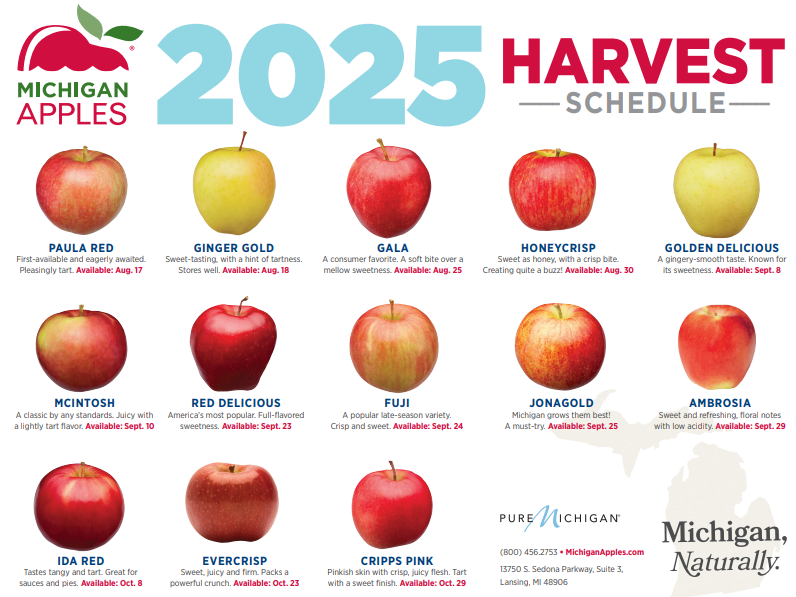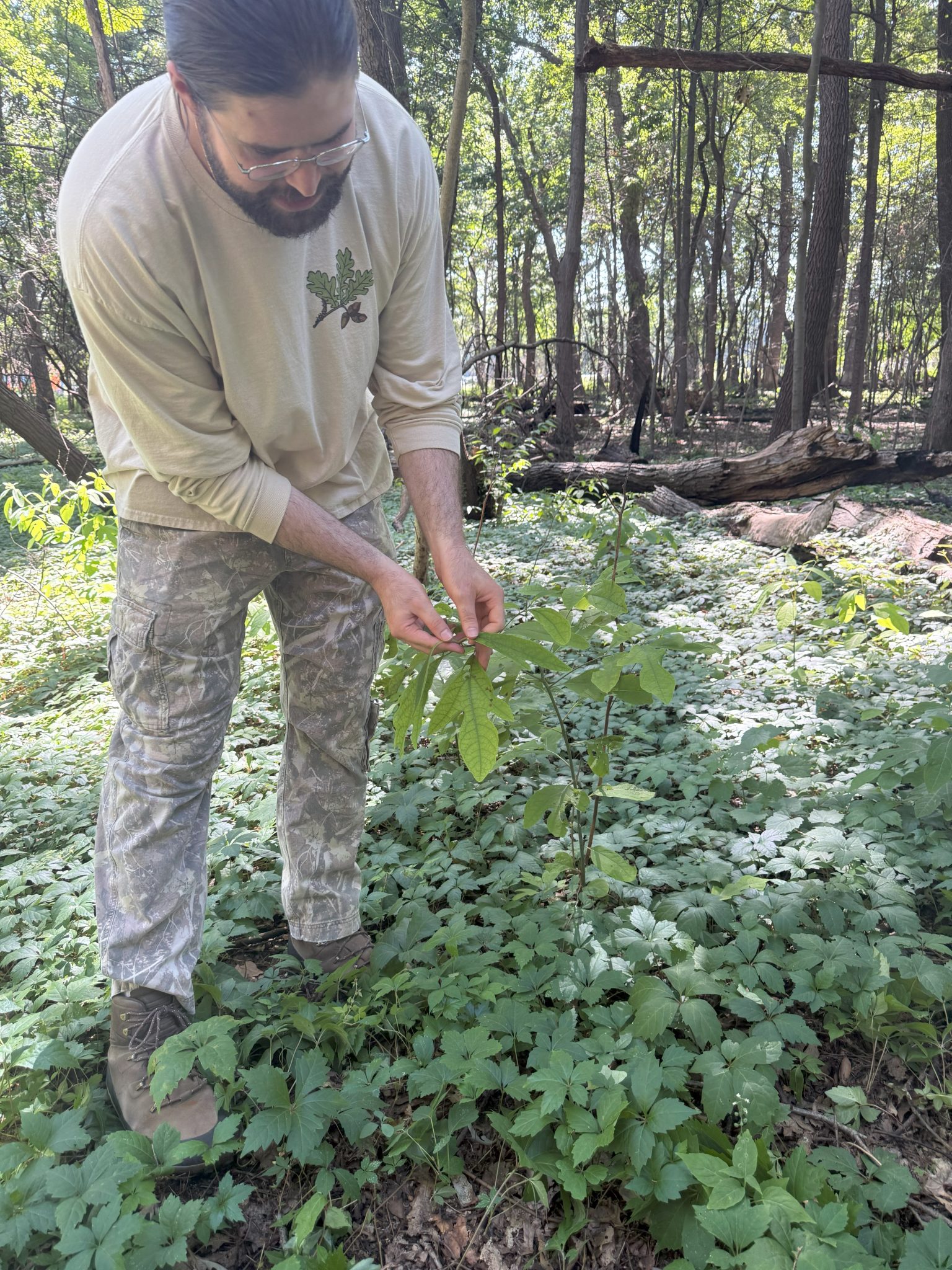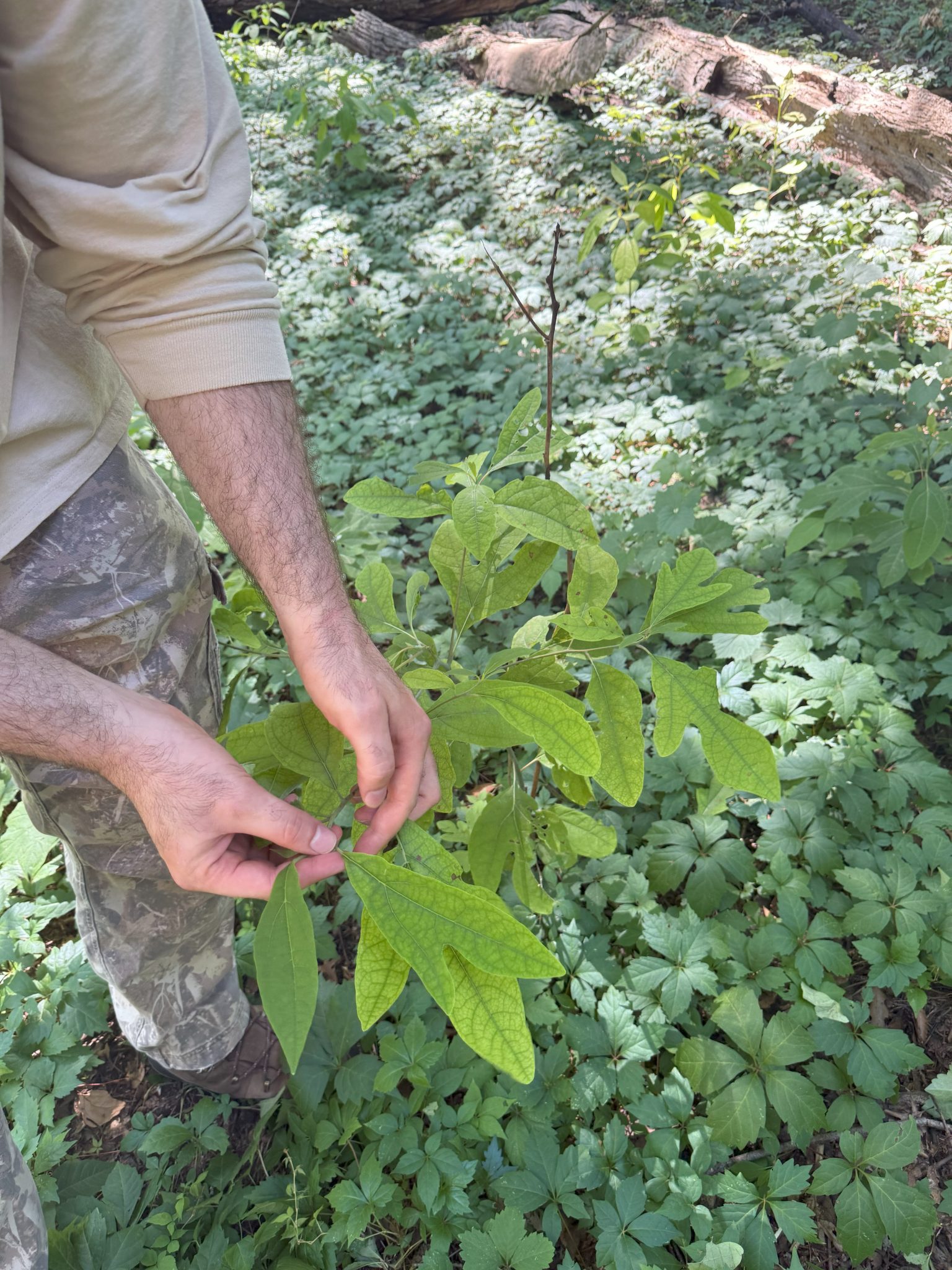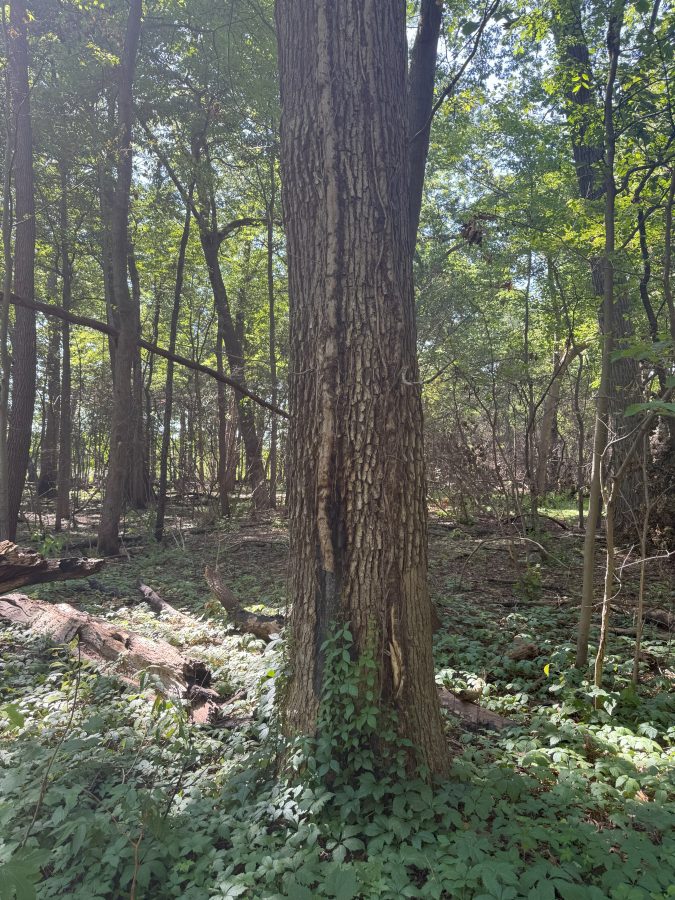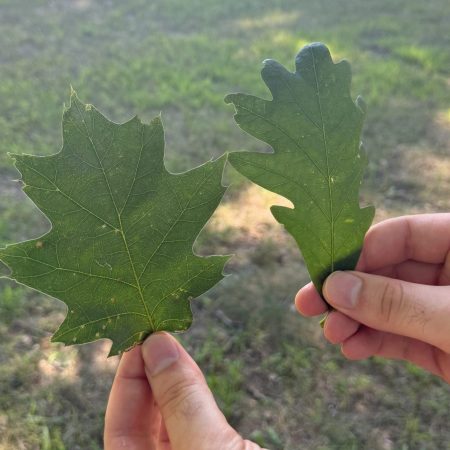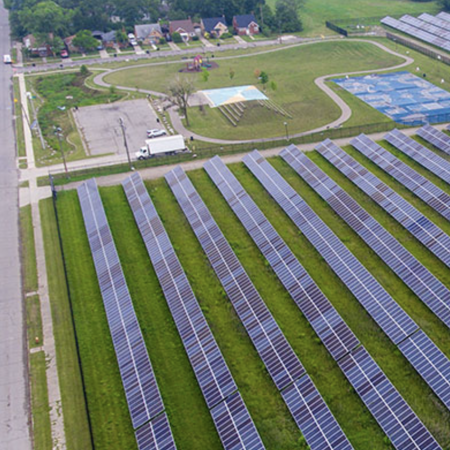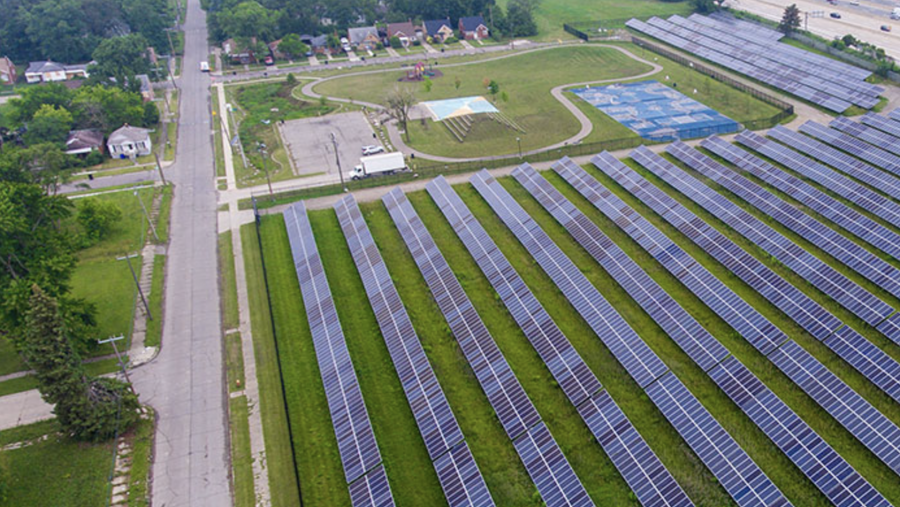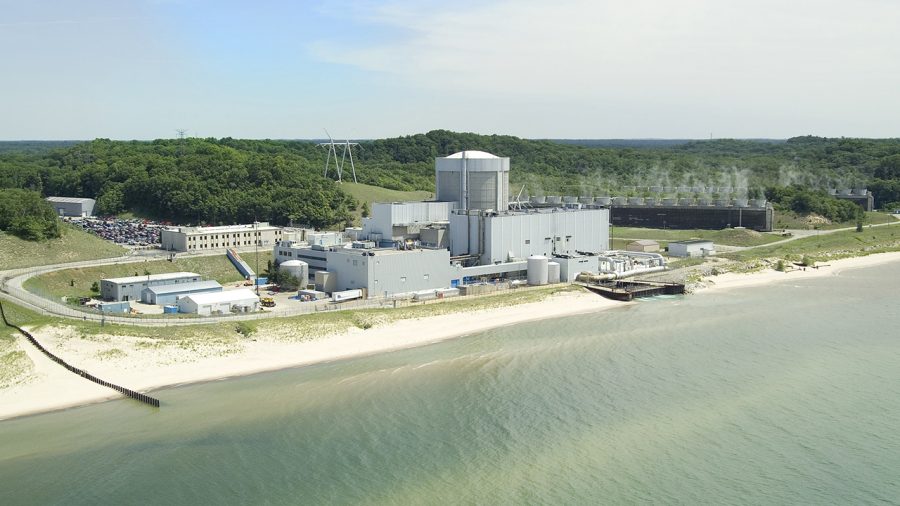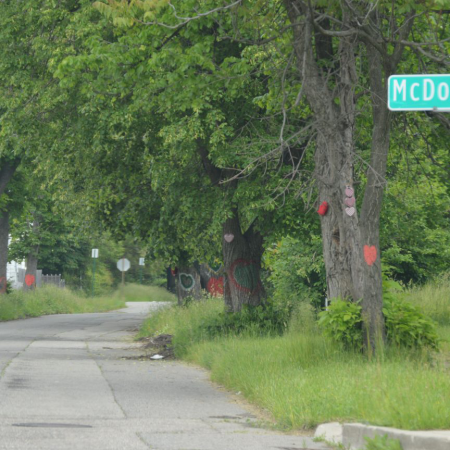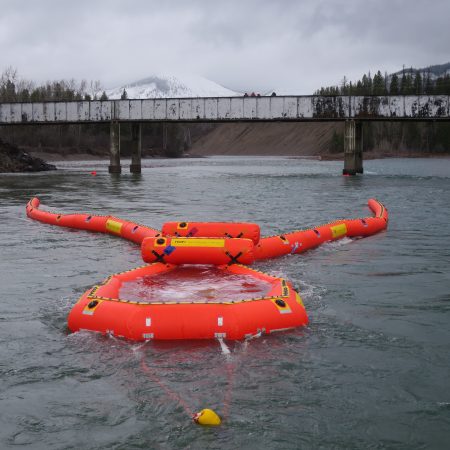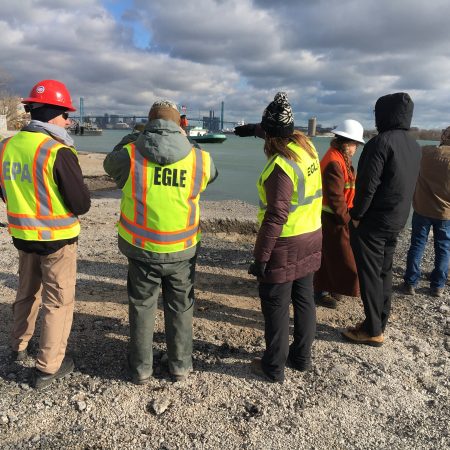Bacteria closed hundreds of Great Lakes beaches in 2024. Here’s what you need to know before jumping into Lake Michigan.
August is the best time of the year to take a dip in Lake Michigan, when its waters hover in the balmy upper 60s. Experts say so, and Chicago’s crowded beaches offer proof. But an invisible hazard can quickly turn a sunny day out into a sick night in.
In 2024, over 300 beaches across the Great Lakes closed to visitors or issued swim bans or advisories due to the presence of bacteria in the water — mostly E. coli, from nearby surface runoff or sewer system overflows, especially during heavy rain — according to state and federal data.
Bacteria levels triggered 83 advisories or closures in Illinois last summer, making it the second worst in the Midwest, with 71 in Lake County’s 13 lakefront beaches and 12 across nine beaches in Cook County. As of Thursday, Lake County beaches have had 49 advisories this summer, according to data from the state’s Department of Public Health. There has been at least one beach advisory in Cook County so far, according to Evanston officials.
“What we want, really want, to see is not that people say, ‘Well, that’s just the way it is.’ It shouldn’t have to be this way,” said Nancy Stoner, senior attorney at the Environmental Law and Policy Center, who focuses on clean water issues. “It’s pollution that can be controlled and should be controlled, because people deserve to be able to know that they can swim safely in the Great Lakes.”
In Wisconsin, 90 beaches closed or had advisories between May and September 2024 — representing the most lakefront locations affected — followed by Illinois, Ohio with 67, Michigan with 62, Indiana with 20 and Minnesota with 17, according to data from the U.S. Environmental Protection Agency’s Beach Advisory and Closing Online Notification system, which ELPC analyzed.
Even these numbers are just a starting point. In addition to different frequencies in testing among municipalities, there can also be a lag time by states in filing this information to the U.S. EPA. For instance, the federal agency’s system lists no advisories or closures for Illinois in 2024, data that currently can only be found on the state website. According to a spokesperson, the IDPH attempted a submission, which was rejected because of formatting compatibility issues. The state agency said it continues to work to rectify the situation with the U.S. EPA.
“Beachgoers should be able to rely upon the information provided by U.S. EPA to find out whether the beach they want to go to is safe for swimming,” Stoner said. “They can’t do that right now, and the fact that wrong information is being provided by U.S. EPA makes the situation even worse. U.S. EPA needs to fix this problem right away so that beachgoers don’t unknowingly swim in contaminated water and risk getting sick.”
Known as the BEACON system, it is supported by federal grant funding that allows officials to monitor water quality and bacteria levels. Symptoms in humans exposed to this and similar pathogens can include nausea, diarrhea, ear infections and rashes. According to scientists, each year, there are 57 million cases of people getting sick in the United States from swimming in contaminated waters.
When a certain safety threshold set by the U.S. EPA is exceeded, local officials can decide to issue a swim ban or advisory. Three locations, all north of Chicago, exceeded the EPA’s threshold on at least 25% of days tested last year: North Point Marina Beach, Waukegan North Beach and Winnetka Lloyd Park Beach, according to data from BEACON analyzed in a July report by advocacy nonprofit Environment America.
Chicago tests the water in all its public lakefront beaches every day of the summer, unlike communities in Lake County, which only test four days a week. The report also found that, on the city’s 26 miles of public lakefront during the 2024 season, at least four beaches had potentially unsafe levels between 14% and 21% of the days that the water was tested, including 31st Street Beach, Calumet South Beach, 63rd Street Beach and Montrose Beach.
Most of the funding for testing and monitoring comes from the BEACH Act, or the Beaches Environmental Assessment and Coastal Health Act, which has protected public health in recreational waters across the country since its unanimous passing 25 years ago. Since then, the U.S. EPA has awarded over $226 million in grants for these programs.
“(It) is a small program for a federal program, but a lot in funding” impact, Stoner said.

However, in its 2026 proposed budget, the administration of President Donald Trump suggested slashing the EPA’s budget and clean water programs. In July, the House Appropriations Committee approved a 25% cut in the agency’s Clean Water State Revolving Fund, which helps states manage wastewater infrastructure to ensure the cleanliness of waterways.
The proposed cuts come at a time when humid weather and heavier storms, intensified by human-made climate change, are overwhelming outdated sewer systems and releasing human waste into waterways. Stormwater can carry runoff pollution and manure from industrial livestock operations into beaches. E. coli also grows faster in warmer water, so increasing lake temperatures pose a growing risk to swimmers.
Advocates say that — for the sake of public health and recreation — the federal government must continue to ensure funding for these programs and support the staff and institutions that uphold environmental protections.
“The BEACH Act is a piece of it. That’s about monitoring and public notification. That’s important,” Stoner said, “but really, funding the underlying work that needs to be done is essential. So, funding the EPA, funding the staff at the EPA, funding these labs throughout the Great Lakes, funding NOAA … There’s a whole system.”
While it doesn’t often do so, Chicago is one of 158 communities authorized to discharge sewage into the Great Lakes.
Besides Chicago, cities like Milwaukee, Grand Rapids, Michigan, and Toledo, Ohio, have also updated their sewer systems and reduced the raw sewage they send flowing into the Great Lakes, thanks in no small part to federal infrastructure funding. These systems, advocates say, might offer a blueprint for the safety of beachgoers across the basin.
“There are solutions. We just have to invest for them to happen,” Stoner said. “So, it’s not a technological problem. It’s a … failure to decide that we want to solve this problem with solutions that exist.”
Emily Kowalski, outreach and engagement manager at the research and education center of Environment America in Illinois, said investments should go beyond upgrading sewage systems and focus on green infrastructure or natural, permeable surfaces like green roofs, parks and wetlands, which can help absorb rainwater and reduce flooding.
“A lot of these problems are things that we know how to fix and mitigate, but they do take money,” she said.
A report released by the U.S. EPA last year found the country needs at least $630 billion to address wastewater, stormwater and clean water infrastructure needs over the next 20 years.
“We need Congress to fully fund the Clean Water State Revolving Fund so that we can enjoy Chicago’s beaches, but also so (that) when we are on vacation on other shorelines or coastlines, we can enjoy beaches that are safe for swimming,” Kowalski said.
Sewage and animal waste
Every morning between Memorial Day and Labor Day, a handful of University of Illinois Chicago students head out to the city’s public beaches. As the sun rises and the day starts, they wade into the lake at each location and collect water in two plastic bottles.
The samples are then tested in a laboratory to detect the presence of genetic material from Enterococci — bacteria that, like E. coli, live in the intestines of warm-blooded animals such as humans. While Enterococci are not considered harmful to humans, scientists test for their presence in water as an indicator that other disease-causing microbes like E. Coli might be present from possible fecal contamination. In a few hours, the results allow the Chicago Park District to issue the necessary water quality advisories for any of its beaches.

If the concentration of Enterococci in water samples from a beach registers an estimated illness rate of 36 per 1,000 swimmers, following U.S. EPA criteria, the Park District will issue a swim advisory. But the agency rarely issues full-on swim bans based on water quality; for that to happen, test results need to correspond with an event when sewage flows into the lake, said Cathy Breitenbach, natural resources director at the Chicago Park District.
“Our river flows backwards. Sewer overflows are pretty rare these days, and even when they do occur, they don’t go into the lake,” Breitenbach said.
That is, unless intense precipitation levels overwhelm sewers already overflowing within the city, and officials open the locks between the river and the lake and reverse that flow.
“Then we’d issue a systemwide ban until we test below the threshold,” she said.
The last time this occurred and a ban was issued in Chicago was in July 2023. The locks near Navy Pier were opened to relieve the pressure on the sewer system during heavy rainfall, allowing more than 1.1 billion gallons of murky, bacteria-laden waste to flow into Lake Michigan.
While sewage contamination from heavy storms attracts the most attention, waste from animals, such as seagulls and even dogs, can be washed by rain into the lake and is often the biggest source of bacterial concentrations across Chicago beaches.
“We have so many beautiful buildings, but when water falls on our city, that water runs off of our roads into our waterways, picking up pollutants along the way,” Kowalski said.
Runoff can contaminate Lake County beaches, too, when waste from waterfowl makes its way into the lake.
“Some of it is very localized,” said Alana Bartolai, ecological services program coordinator at the Lake County Health Department. North Point Marina Beach, she said, is well-known in the community because “the seagulls and the gulls love it.”
It’s a recurring observation among department staff when they conduct monitoring at the county’s lakefront beaches. Waukegan Beach has the same issue.
“When we take samples … we routinely are recording 300-plus gulls on the beach,” at those two locations, Bartolai said.
North Point Marina and Waukegan beaches accounted for almost half of all bacteria-related advisories and closures issued in Lake County last summer and so far this summer.
Bartolai said most of the advisories and swim bans in 2024 were weather-related. “Even though we were in drought conditions, we did still have heavy rain events,” she said.
Because swimmers at a lakefront beach are engaging in an activity in a natural body of water, “there’s no such thing as no risk,” Breitenbach said.
Earlier this month, at a beach in Portugal, over 100 people had to be treated for nausea and vomiting after swimming.
“When you see reports like this, you’re really thankful that Chicago is so ahead and has been doing (testing) for over a decade now,” said Abhilasha Shrestha, a University of Illinois Chicago research assistant professor of environmental and occupational health sciences who leads the laboratory testing for the city’s public beaches.
The rapid test the Chicago Park District is now using cuts the wait time down to only three to four hours, providing the most up-to-date information to ensure the safety of beachgoers. Before the city’s partnership with UIC began with a pilot program in 2015, testing relied solely on culturing E. coli, a laboratory process that incubates live cells in an artificial, controlled environment — with results available in 18 to 24 hours.
“It didn’t really make sense, because you were telling people what the water was like yesterday and doing the closure or advisory the day after,” Shrestha said.
But some municipalities say they can’t afford the more expensive rapid test.
“Not every community has the funding or has the setup where their beaches get tested every single day,” said Kowalski of Environment America in Illinois.
The Lake County Health Department uses the more time-consuming culture method to test water samples for E. coli — largely due to resources and funding constraints to adopting the faster methodology, officials said.
“The cost of it is almost like 10 times the cost of running an E. coli sample in our lab,” Bartolai said. “But we are looking at it, because there is that need to have that quicker turnaround.”
She said many Lake County suburbs take precautions such as raking the sand at their beaches to clear droppings from geese and seagulls “so that when it rains, it’s not getting washed in.”
In Chicago, Park District staff clean the public beaches daily, starting before dawn. Operations include tractors pulling raking machines, supporting crews of laborers who pick up litter and empty trash cans by hand and beach sweepers who clear paths for pedestrians and bike trail users. Kowalski said beachgoers can also help by picking up after dogs and ensuring babies wear swim diapers.
“(We) ask people to help, to do their part, to keep the water quality good and the beaches clean,” Breitenbach said. “Put your garbage away, don’t feed the birds, listen to the lifeguards.”
More information
Beachgoers across the Great Lakes can find water quality monitoring results on state government websites such as the Illinois Department of Public Health’s BeachGuard page or from volunteer-led efforts in nonprofits such as SwimGuide.
Beach advisories in Chicago are updated on the Park District’s website and with an on-site color-coded flag system that indicates whether conditions are safe for people to swim. These can change throughout the day due to bacteria levels in the water, as well as weather like lightning or high winds, and surf conditions like high waves.
In Chicago public beaches, three colored flags indicate three different things: red for a swim ban, yellow for a swim advisory, which means that swimming is allowed with caution, and green for permitted swimming. On any given day, the flag color between noon and 1:30 p.m. likely indicates the most recent information from water quality test results.

